Why dams matter, but won’t save Pakistan from floods
Experts warn that dams alone can’t prevent disasters. Smarter floodplain and groundwater use is essential

Zain Ul Abideen
Senior Producer
Zain Ul Abideen is an experienced digital journalist with over 12 years in the media industry, having held key editorial positions at top news organizations in Pakistan.
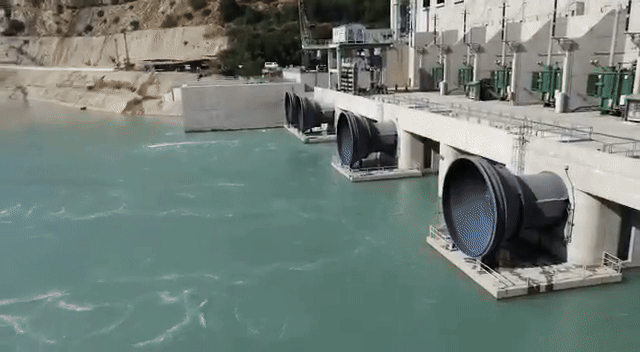
An animated imaged of Pakistan's Tarbela Dam.
Courtesy: Youtube/Faisal Khan
Every monsoon season, Pakistan relives a familiar debate. As rivers overflow, villages drown, and crops vanish under floodwaters, the call for more dams echoes across political podiums.
Prime Minister Shehbaz Sharif has again urged the construction of new reservoirs. Punjab’s Chief Minister Maryam Nawaz has echoed the demand.
Even Khyber Pakhtunkhwa’s Chief Minister Ali Amin Gandapur broke with his province’s past stance by supporting the long-debated Kalabagh Dam — even though his own assembly, in the past, passed resolutions against it.
Dams have always divided Pakistan’s politics. For Sindh and Balochistan, Kalabagh is a symbol of inequity, threatening their water rights. For Punjab, it is pitched as a lifeline for agriculture and power. But beyond the politics lies a more fundamental question: do dams actually work? Are they the solution Pakistan desperately needs, or is the country clinging to a half-truth?
The promise and limits of flood control
For many policymakers, dams are synonymous with flood prevention. The theory is simple: dams hold back excess water and release it in a controlled manner, protecting downstream communities. But in practice, the science tells a different story.
“Dams can only help with small, recurring floods that come every few years,” explained climate expert Vaqar Zakaria. “When a major flood arrives once in 20 or 25 years, the dams fill within a day or two, and then the gates must be opened. At that point, they provide little protection.”
Zakaria noted that Pakistan’s dams are designed primarily for “seasonal storage.” They capture snowmelt and monsoon flows in the summer and release them in winter to sustain wheat cultivation. Unlike in the United States, where massive reservoirs can store multiple years of water, Pakistan’s system stabilizes irrigation rather than prevents floods.
- YouTube youtube.com
This distinction matters. Minor floods may be blunted, but when massive torrents like the ones that recently swept across Punjab or KP arrive, reservoirs are overwhelmed. “These big floods, the ones people remember for decades, cannot be stopped by dams,” Zakaria emphasized.
Why dams still matter
Still, dismissing dams outright would be a mistake. Water reservoir expert Muhammad Bashir Lakhani argued that Pakistan’s survival depends on storage.
“Without storage, we cannot meet our agricultural needs,” he warned. “Even after floods, you will see in October or November that shortages are declared, with provinces facing cuts of up to 18 percent.”
Lakhani illustrated Pakistan’s precarious position with a striking comparison. The country can store only about 30 days of water. India can store 180–200 days, China around 250–300 days, and the United States nearly 900 days. Australia has storage capacity for more than 500 days.
“To understand why this matters, imagine a household where water comes only once a week,” Lakhani said. “Without storage tanks, the family cannot survive the week. The same is true for a country.”
In this sense, dams are not optional for Pakistan — they are necessary for food security.
Groundwater: the missing piece
Even so, relying solely on dams is not sustainable. Zakaria stressed the need for groundwater management as a critical complement to reservoirs.
“Our canal systems slowly recharge groundwater over months, unlike floods, which pass within days,” he explained. “If we manage groundwater responsibly, it can extend the utility of dams.”
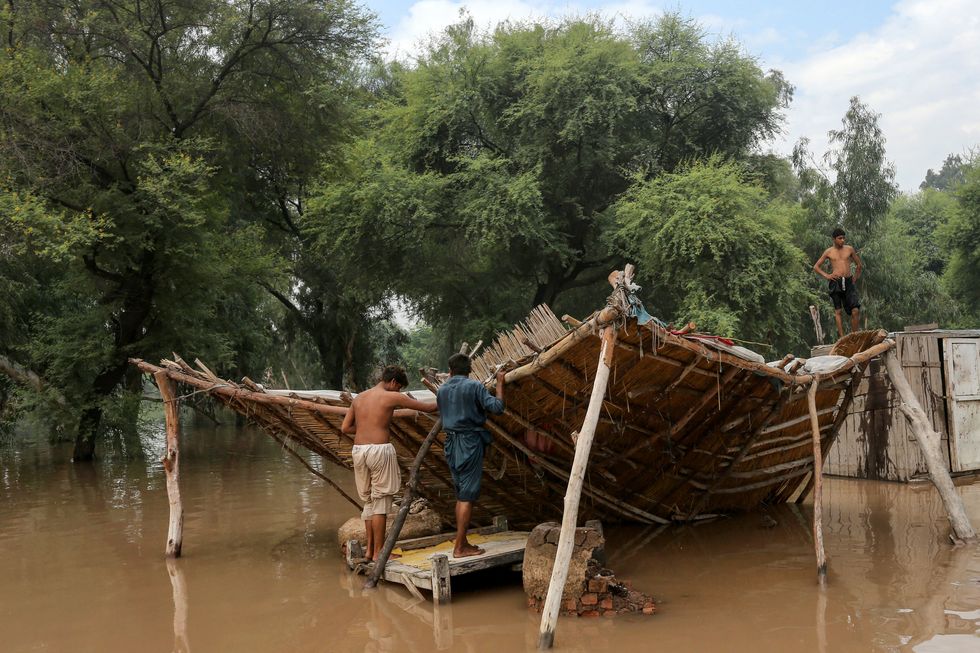
But here lies a governance failure. Pakistan lacks a coherent legal framework to regulate groundwater extraction. Wealthier landowners sink deeper bores, draining aquifers at unsustainable rates. Some areas have already seen groundwater levels fall drastically. Zakaria pointed to models like Australia’s Murray-Darling Basin, where authorities regulate usage through permits and basin-wide planning.
In Punjab, a groundwater law has been passed, but institutions lack the capacity to enforce it. Without basin-level management, aquifers risk becoming another tragedy of the commons.
Floodplain management: a cheaper solution
Flood prevention also requires smarter land use, not just concrete. Zakaria criticized how housing societies, roads, and bridges have been built directly on floodplains, narrowing rivers and increasing disaster risk.
“Right now, we are spending money to create damage,” he said, pointing to Lahore’s Shahdara bridge, which restricts the Ravi River.
Pakistan already has a Floodplain Act in Punjab that prohibits construction in flood zones. But enforcement is weak, leaving communities vulnerable. Globally, countries are moving toward restoring floodplains rather than walling off rivers — creating room for rivers to swell without destroying cities. Pakistan, Zakaria argued, must adopt this approach, which is far cheaper than building mega dams.
The electricity question
If water storage is one half of the dam debate, electricity is the other.
Projects like Mangla, Tarbela, and the under-construction Diamer-Bhasha combine storage with hydropower. Others, like Neelum-Jhelum or Dasu, are built solely for power. Hydropower offers one key advantage: flexibility. Unlike solar or wind, which depend on weather, dams can release water to generate electricity at peak demand.
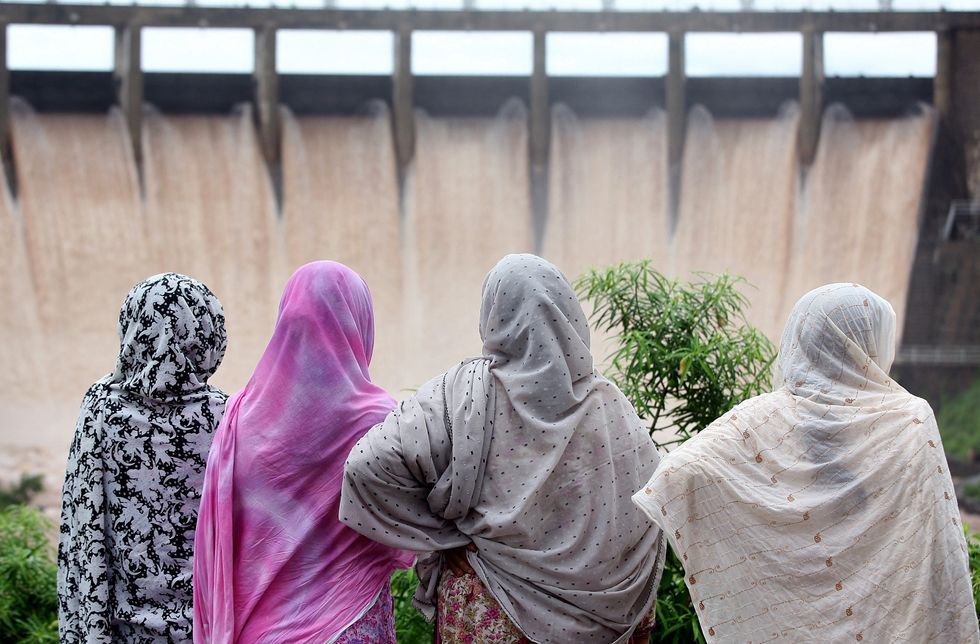
Globally, dams are often paired with renewables. Solar energy powers grids during the day, while dams supply electricity at night, acting as natural “batteries.” This synergy reduces the need for costly lithium storage systems.
For Pakistan, which faces crippling energy shortages and high reliance on imported fuel, hydropower remains appealing. “It’s not just about power — it’s about foreign exchange,” Zakaria said, pointing out that reliance on imported oil or gas for electricity worsens the balance-of-payments crisis.
The environmental trade-off
But every dam comes at a cost. River ecosystems suffer as migratory fish lose their routes. Zakaria highlighted how the once-abundant Mahseer fish, which traveled up and down the Jhelum, can no longer survive downstream of Mangla. Reservoirs also favor invasive species like Chinese carp, threatening native biodiversity.
Dams also displace communities. Villages are submerged, farmland is lost, and those who bear the environmental and social costs often live in the mountains — while the benefits flow to the plains.
This imbalance, Zakaria argued, makes dam-building a political choice as much as an engineering one.
“The benefits usually go to the plains,” he said. “The losses — land submergence, displacement, ecological damage — are borne by mountain communities.”
Global lessons
Globally, the dam story is shifting. In the United States, hundreds of dams have been deliberately dismantled to restore ecosystems. The trend is driven not only by environmentalism but by economics: the plunging cost of solar and wind power. According to international studies, the cost of renewable electricity has fallen so sharply over the past two decades that large hydropower projects are no longer competitive if they serve only energy purposes.
As Zakaria put it: “The world is moving away from dams built solely for power generation. But where irrigation and water storage are needed, they remain necessary.”
Pakistan, with its unique agricultural dependence on the Indus Basin, cannot abandon dams altogether. But it cannot afford to ignore global trends either.
The way forward: balance, not obsession
So, does Pakistan actually need more dams? The answer is both yes and no.
Yes, because without storage, Pakistan’s agriculture and food security would collapse. Thirty days of storage is dangerously low, and more capacity is needed to stabilize the system.
No, because dams alone will not save Pakistan from floods — nor will they solve groundwater depletion, inefficient irrigation, or poor floodplain management. Nor are they the cheapest source of power anymore, as renewables become increasingly viable.
What Pakistan needs is balance:
- Dams for essential storage and power, designed with environmental safeguards.
- Groundwater regulation, to ensure aquifers complement rather than compete with reservoirs.
- Strict floodplain management, preventing destructive construction in river zones.
- Investment in solar and wind, to reduce reliance on hydropower alone.
Ultimately, dams are tools, not solutions. Used wisely, they can support food and energy security. But treated as panaceas, they risk becoming monuments to short-term politics and long-term environmental damage.
As both Zakaria and Lakhani make clear, Pakistan’s water future will not be determined by dams alone — but by whether the country can build a smarter, more balanced system that values sustainability as much as concrete.


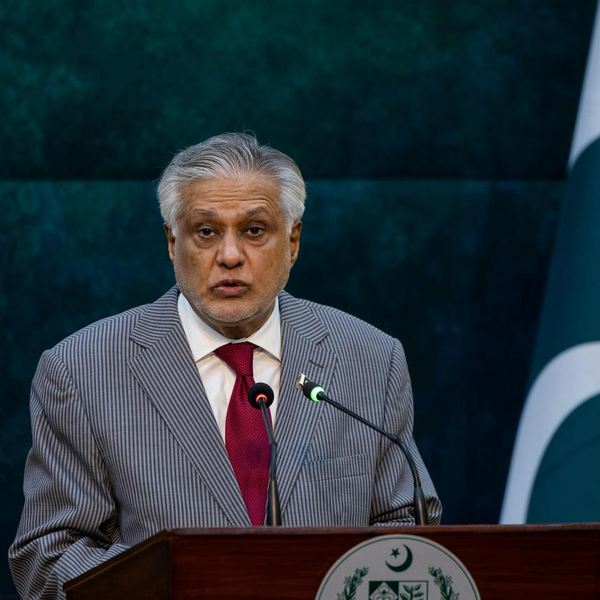
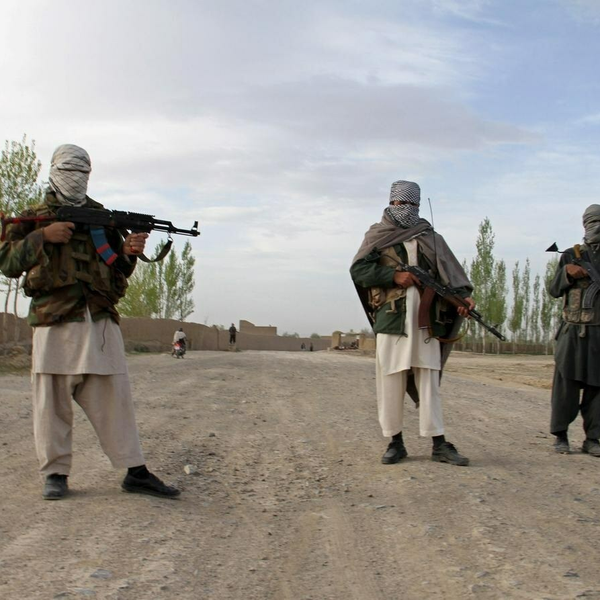



Comments
See what people are discussing